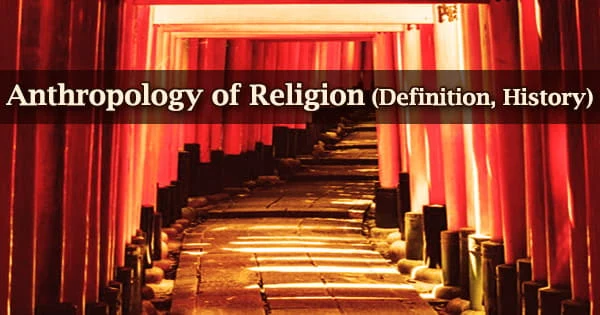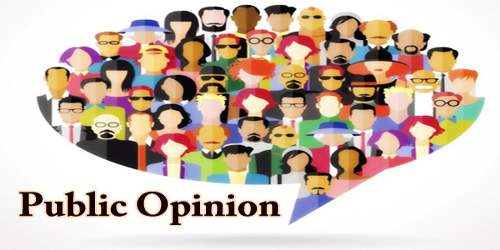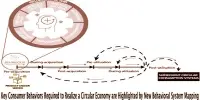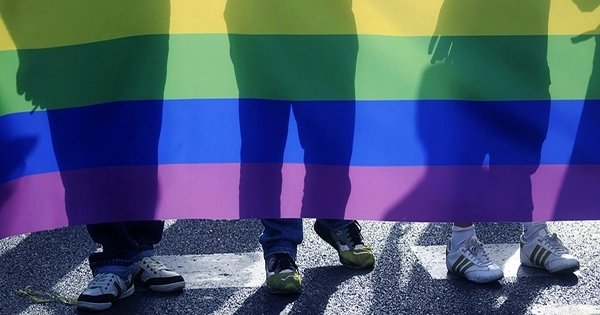People in the West have a clear idea of what religion should be like. It takes place in a special building (a church, synagogue, mosque, temple, etc.), revolves around appeals to a higher, all-powerful deity, and involves the articulation of beliefs (often set down in texts) that the general population may or may not subscribe to.
When anthropology first evolved in the nineteenth century and early twentieth century, the comparative study of religion was a key component. Religious activity was seen as a potent indicator of the mental and moral standards of so-called primitive peoples, according to social evolutionary models of human development.
The study of religion in connection to other social institutions, as well as the comparison of religious beliefs and practices across cultures, is known as anthropology of religion. The concept of a single God may not exist in many cultures and nations, and the thought of reading a sacred book like the Koran or the Bible may seem bizarre, not least since writing and reading may not play any role in people’s lives.
Even the western concept of ‘belief’ is meaningless in circumstances where concepts about gods and spirits are taken for granted and are not questioned by other faiths or scientific findings. Social theory informed by evolutionary biology guided early anthropological studies of religion.
As a result, anthropologists were interested in the origins of religion and the stages of human mental growth. Al-Biruni (973–1048) published thorough comparative studies on the anthropology of religions and cultures in the Mediterranean Basin (including the “Middle East”) and the Indian subcontinent. He spoke about the Indian subcontinent’s peoples, customs, and religions.
The Golden Bough, by James Frazer, was first published in 1890 and traced magical and religious threads throughout history, weaving them into a pattern depicting humanity’s past and future progress, claiming to discern shifts from magical manipulation to religious devotion, and finally to purely scientific modes of engaging the world.
Religion anthropologists aren’t interested in determining if religion is true or not. They’re more interested in how religious concepts convey a people’s cosmology, or thoughts about how the universe works and how humans fit into it.
Religion is a word that can only refer to a series of historically created situations which, although continually changing, have unique and specific genealogies closely linked to the Abrahamic religions. In other words religion is not a natural kind, by which I mean a category that has a basis other than that given by an arbitrary definition.
Maurice Bloch
Cultural anthropology in the nineteenth century was characterized by a fascination with cultural development; most anthropologists assumed a clear divide between “primitive” and “modern” religions and attempted to explain how the former evolved into the latter. In E.E. Evans-Witchcraft, Pritchard’s Oracles, and Magic among the Azande (1937), religion is used as a fundamental venue for the exploration of human rationality.
Religious concepts, according to social theorists, came before scientific thought and practice. Religious ideas and institutions, they believed, will be replaced by forces of modernization, logical thought, and secularization.
Most anthropologists in the twentieth century rejected this method. The impact of, or engagement with, theorists such as Karl Marx (1818-1883), Sigmund Freud (1856-1939), Émile Durkheim (1858-1917), and Max Weber (1864-1920) can be seen in today’s anthropology of religion.
Michael Lambek (2002: p. 4) characterizes contemporary research in the anthropology of religion as drawing on a number of early sources: Franz Boas’ tracing of connections between religion and language; Émile Durkheim’s emphasis on the social; Karl Marx’s pointing to forms of alienation, mystification, and power; and Max Weber’s analysis of the place of religion in transitions to modernity.
Religious anthropologists are particularly interested in how religious beliefs and practices reflect political or economic factors, as well as how religious beliefs and practices serve societal roles.
However, anthropologists discovered at the end of the twentieth century that religious ideas and practices abound in both industrial and preindustrial communities around the world. Religious ideas and practices underpin political and social turmoil and development in many modern and modernizing societal environments.
Attempts to come up with a long-term, global definition of religion have sparked heated controversy. Not everyone agrees that a definition is possible. A similarly skeptical view is maintained by Maurice Bloch, who notes (2010: p. 4):
“Religion is a word that can only refer to a series of historically created situations which, although continually changing, have unique and specific genealogies closely linked to the Abrahamic religions. In other words religion is not a natural kind, by which I mean a category that has a basis other than that given by an arbitrary definition.”
Building on Feuerbach’s ideas, Émile Durkheim defined religion in 1912 as “a projection of society’s social values,” “a means of making symbolic statements about society,” and “a symbolic language that makes statements about the social order”; in other words, “religion is society worshiping itself.”
Anthropologists are no longer particularly interested in human thought’s origins and development. The adaptive roles of religious institutions, as well as symbols and meanings as they relate to social structure and organization, are emphasized in contemporary anthropology.
Many people examine rituals that include symbols and observe how they might help communities come together in times of crisis or at particular times of the year. The behaviors of religious experts, such as priests, prophets, shamans, and spirit mediums, are also investigated.
Such professionals serve significant political, economic, and religious responsibilities in many societies. Anthropological approaches highlight the investigator’s objective perspective.
Anthropologists do not evaluate the reality of the beliefs and practices they observe in the field, but rather strive to provide an insider’s explanation of the religious ideas and behaviors they encounter.
At one time, anthropologists believed that certain religious practices and beliefs, such as belief in spirits or ghosts, the use of magic as a means of controlling the supernatural, divination as a means of discovering occult knowledge, and the performance of rituals such as prayer and sacrifice as a means of influencing the outcome of various events through a supernatural agency, were more or less universal to all cultures at some point in their development.
Clifford Geertz, an anthropologist from the United States, blended a Durkheimian understanding of religion as a collective social act with a Weberian emphasis on meaning and experience in the 1970s. Today, religious anthropologists debate, and reject, the cross-cultural validity of these categories (often viewing them as examples of European primitivism).
Various criteria for identifying religion have been studied by anthropologists, such as belief in the supernatural or reliance on ritual, although few argue that these criteria are generally applicable. Religious thought and expression are based on the human ability to create meaningful symbols. Anthropologists are interested in the interaction of religion with other social institutions.
















